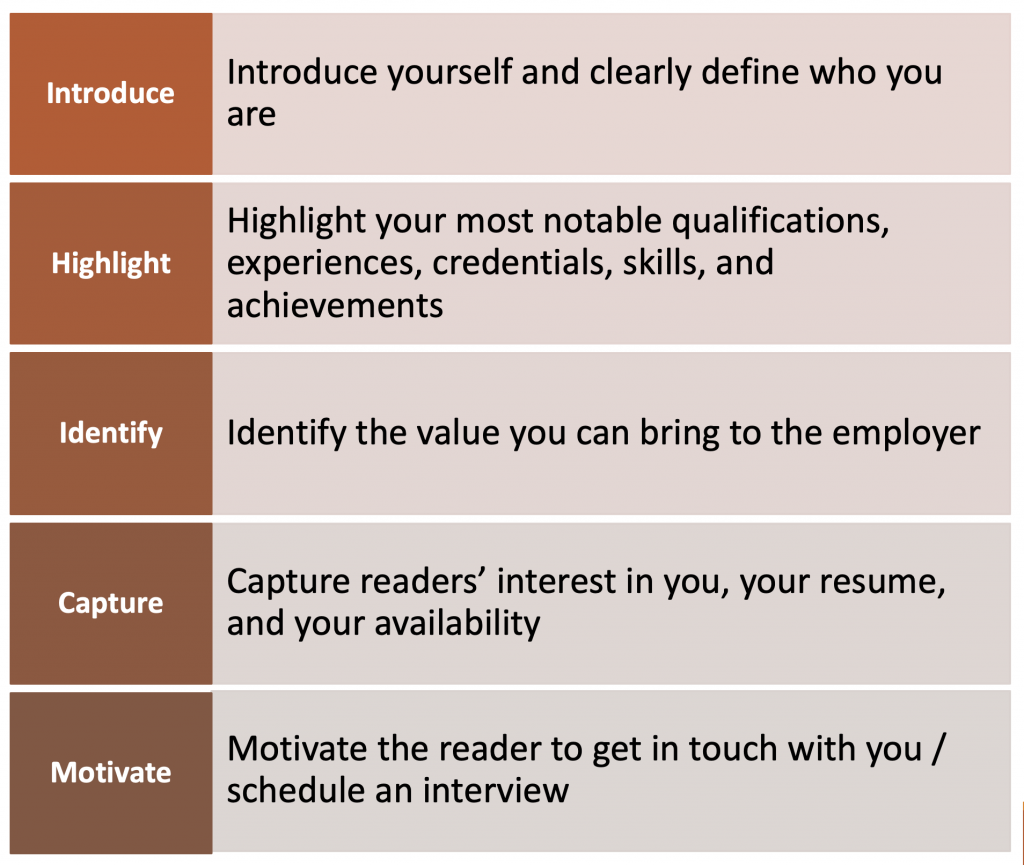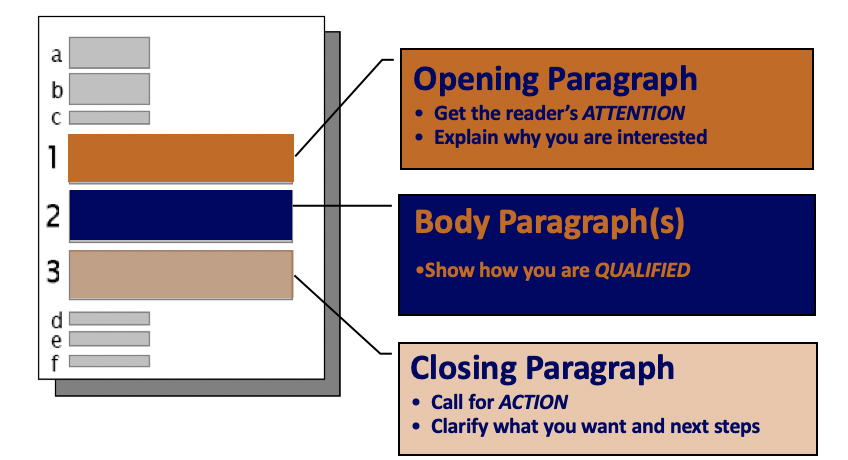Cover letters are often requested as part of job applications, typically alongside resumes, and serve to help persuade employers to offer you an interview. In many cases, the cover letter will serve as the “cover” (or first page) of your application materials and as your first impression and introduction to your potential future employer. As part of that introduction, it also gives your readers a concise sense of why you’re interested in the position and why you would be a good fit.
Because resumes and cover letters go hand-in-hand, it’s important to consider how they work together when an employer reviews your materials, which they’ll often do quickly, particularly if they’re receiving dozens or hundreds of applications. It’s also important to be strategic here to avoid simply repeating what’s listed on your resume, instead using your cover letter to highlight particular experiences and qualifications that are most relevant to the position you’re applying for. This can involve summarizing major relevant achievements as well as showcasing specific company knowledge. Finally, given the written and concise format of a cover letter, these documents also showcase your communication abilities and provide a writing sample of sorts to your potential employer.
Purpose/Objectives of Cover Letters:

Structure of a Cover Letter:
Cover letters are made up of three main sections: the opening paragraph, the body paragraphs, and the closing paragraph. Cover letters also begin with an address where you put your contact information, and the company address, and a salutation. They end with a closing, where you use “sincerely” or “regards,” sign your name, and print your name.
The Opening Paragraph:
- Specifies position of interest
- Identifies source of information
- States the wish to be considered for the position
- Previews the rest of the letter
- Connects the position to skills and experiences
- Persuades the reader to continue to read the next paragraph
The Body Paragraph(s):
- Develops idea that experiences are well-suited to the position
- Elaborates on resume content with added detail
- Depicts yourself as a candidate who merits an interview
- Illustrates specific skills, responsibility, success, and meeting challenges
- Reinforces claims and proves skills
The Closing Paragraph:
- Indicates strong interest in the position
- Requests interview, politely and confidently
- “I will follow up with you by May 21st, 2020.”
- “I look forward to discussing my strengths further in an interview setting.”
- Avoids repetition
- Offers to provide additional information as needed
- Thanks the potential employer for time and consideration
Resources for Writing Cover Letters at UIUC:
Remember that you can always bring your cover letter drafts to the Writers Workshop! We also recommend taking a look at this cover letter template created by LAS Career Services. For more examples of cover letters and additional tips, be sure to visit The Career Center at the University of Illinois.
Related Links:
